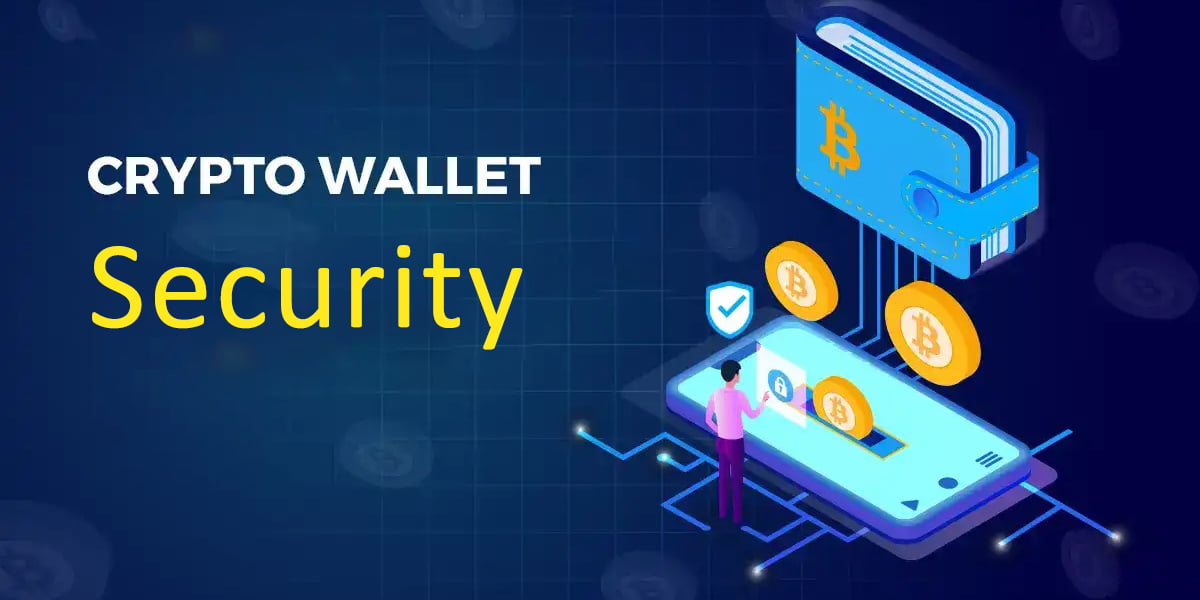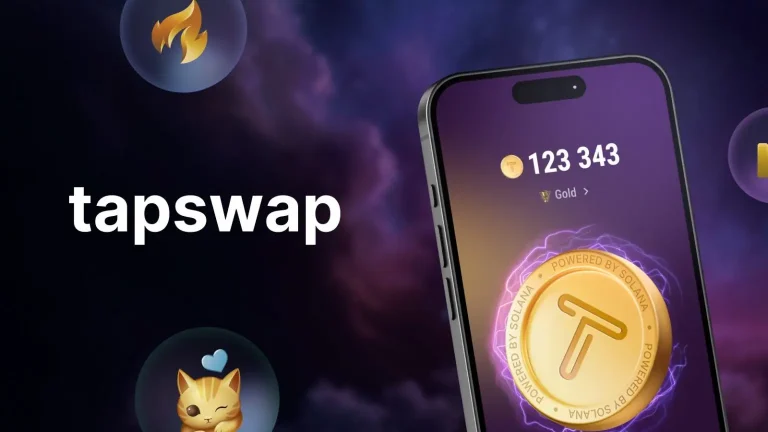
In the world of cryptocurrency, security is paramount. As the value of digital assets continues to rise, so does the threat of theft and fraud. Ensuring the safety of your crypto assets requires a thorough understanding of the best practices for managing wallets and exchanges. Here’s a comprehensive guide to help you secure your crypto assets and investments.
1. Choose the Right Wallet
Selecting the right wallet is the first step in securing your crypto assets. There are various types of wallets, each offering different levels of security and convenience:
- Hardware Wallets: These are physical devices that store your private keys offline, making them immune to online hacks. Popular options include Ledger and Trezor.
- Software Wallets: These are applications you can install on your computer or smartphone. They are more convenient but potentially vulnerable to malware.
- Paper Wallets: These are physical pieces of paper with your private and public keys printed on them. They are highly secure if stored properly but can be easily lost or damaged.
- Web Wallets: These are online wallets provided by exchanges or third-party providers. They offer convenience but are less secure since they are connected to the internet.
2. Use Strong, Unique Passwords
Always use strong, unique passwords for your wallets and exchange accounts. Avoid common phrases or easily guessable information. Consider using a password manager to generate and store complex passwords securely.
3. Enable Two-Factor Authentication (2FA)
Two-factor authentication adds an extra layer of security by requiring not only your password but also a second form of verification, such as a code sent to your mobile device. Enable 2FA on all your accounts to significantly reduce the risk of unauthorized access.
4. Keep Your Private Keys Private
Your private keys are the most critical component of your crypto security. Never share your private keys with anyone and avoid storing them on devices connected to the internet. If you must store them digitally, use encrypted storage solutions.
5. Be Cautious with Public Wi-Fi
Avoid accessing your wallets or making transactions over public Wi-Fi networks, as they are often unsecured and can be a target for hackers. If you must use public Wi-Fi, consider using a Virtual Private Network (VPN) to encrypt your internet connection.
6. Regularly Update Your Software
Ensure that your wallet software and any other related applications are always up to date. Developers frequently release updates that patch security vulnerabilities and improve functionality.
7. Backup Your Wallet
Regularly back up your wallet to protect against hardware failures, loss, or theft. Store your backups in multiple secure locations, such as external hard drives or encrypted cloud storage services.
8. Use Reputable Exchanges
When trading or storing your crypto on exchanges, choose reputable platforms with strong security measures. Research their security practices, user reviews, and history of any security breaches. Some well-known secure exchanges include Coinbase, Binance, and Kraken.
9. Monitor Your Accounts
Regularly monitor your wallets and exchange accounts for any suspicious activity. Set up alerts for transactions and logins to stay informed about any changes or unauthorized access attempts.
10. Stay Informed
The crypto landscape is constantly evolving, and so are the threats. Stay informed about the latest security practices, potential vulnerabilities, and updates from wallet providers and exchanges. Follow trusted sources and participate in crypto security forums to keep your knowledge up to date.
Conclusion
Securing your crypto assets requires a proactive approach and a commitment to best practices. By choosing the right wallet, using strong passwords, enabling two-factor authentication, and staying informed, you can significantly reduce the risk of theft and fraud. Remember, the safety of your digital assets ultimately lies in your hands. Stay vigilant and prioritize security to secure your crypto assets and protect your investments.
Tapswap postpones its token Allocation for the second time






